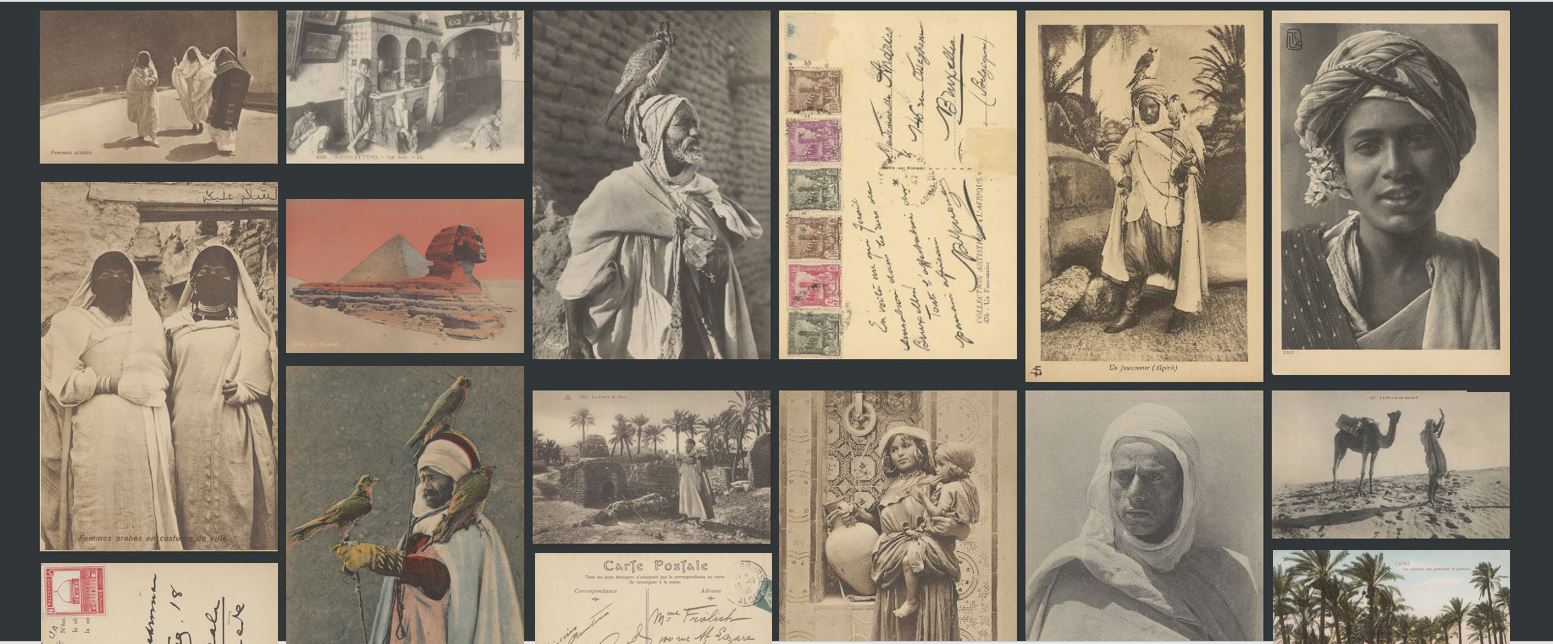
The term "Orientalism" refers to the depiction of Eastern societies and cultures by Western artists, scholars, and writers. This concept gained significant prominence during the 19th century, a period marked by European colonial expansion and growing interest in the "East"—a term loosely applied to regions including the Middle East, North Africa, and parts of Asia.
Orientalist photography emerged in the 19th century, following European military campaigns in Eastern countries. These cultures captivated the imaginations of Western artists and photographers, who were fascinated by the colors, beauty, and distinct environment of the East. Their images and paintings often featured warm colors dominated by reds and yellows, blending reality with fantasy. While some Orientalist photography portrayed the East as enchanting and beautiful, others served colonial purposes, depicting the East as backward and regressive—such as Antoine-Jean Gros' painting "Napoleon Visiting the Plague Victims of Jaffa," despite the artist never having visited the East.
During the same period, artists like Jean-Léon Gérôme, Eugène Delacroix, and John Frederick Lewis created vivid paintings often depicting everyday scenes marked by exoticism and stereotypes. Although celebrated for their artistic skill, these works were frequently criticized for their unrealistic portrayals of Eastern life.
Parallel to Orientalist art, photographers equipped with the latest technological advancements sought to document the landscapes, people, and customs they encountered during their time in the East. Their works often reflected a blend of ethnographic interest and artistic imagination.
Common elements frequently featured in Orientalist photography include palm trees, deserts, camels, carpets, men's turbans, colorful clothing, hookahs, small trades and crafts, and especially Eastern women wearing veils or niqabs adorned with jewelry and silk. Many Orientalist paintings centered around "the harem" depicted gatherings of women in their private quarters.
While Orientalist photography provided Western audiences with visual access to distant lands, they often perpetuated stereotypes and the power dynamics inherent in colonialism. Edward Said's seminal work "Orientalism" (1978) critically examines how these artworks and images contributed to a stereotypical and racist view of the "Orient."
Below are some examples of Orientalist photography from the heritage collections at Qatar National Library:
|
Arabia In the 19th century, Western Europeans were fascinated by images from the Orient, including camels. Hundreds, if not thousands, of illustrations bear witness to their popularity, and the camel rider with traditional robes in the desert became a romantic image of a foreign culture. |
|
|
This print is a typical example of an Orientalist photograph documenting small professions. It shows a fellah — a peasant — posing in front of a background of artificial scenery, with architectural and floral elements. Based in Beirut, the Maison Bonfils was one of the most important and prolific commercial studios in the Islamic world |
|
|
Turkish Woman This portrait is a typical Orientalist representation of the Turkish — or of the Arab for the studios of North Africa — woman, a longstanding popular subject for the Western world. The Zangaki brothers were two Greek commercial photographers based in Ottoman Egypt and produced prints for the tourist market. |
|
|
The representation of imaginary folk scenes of Arab daily life was a recurring theme in Orientalist graphic production. Including camels in a local context demonstrated the artist’s familiarity with the depicted subject. Paintings were often physically inaccurate, but with photography, the general European public saw true-to-nature images of camels for the first time. |
|
|
Young Water Carrier The water carrier was a common subject in Orientalist photography. Brignoli was an Italian professional photographer based in Cairo. His works mainly consist of indigenous portraits and, differently from most of the commercial studios based in the Middle East and North Africa, they appeared to be intended as inspirations for artists more than the general public. |
|
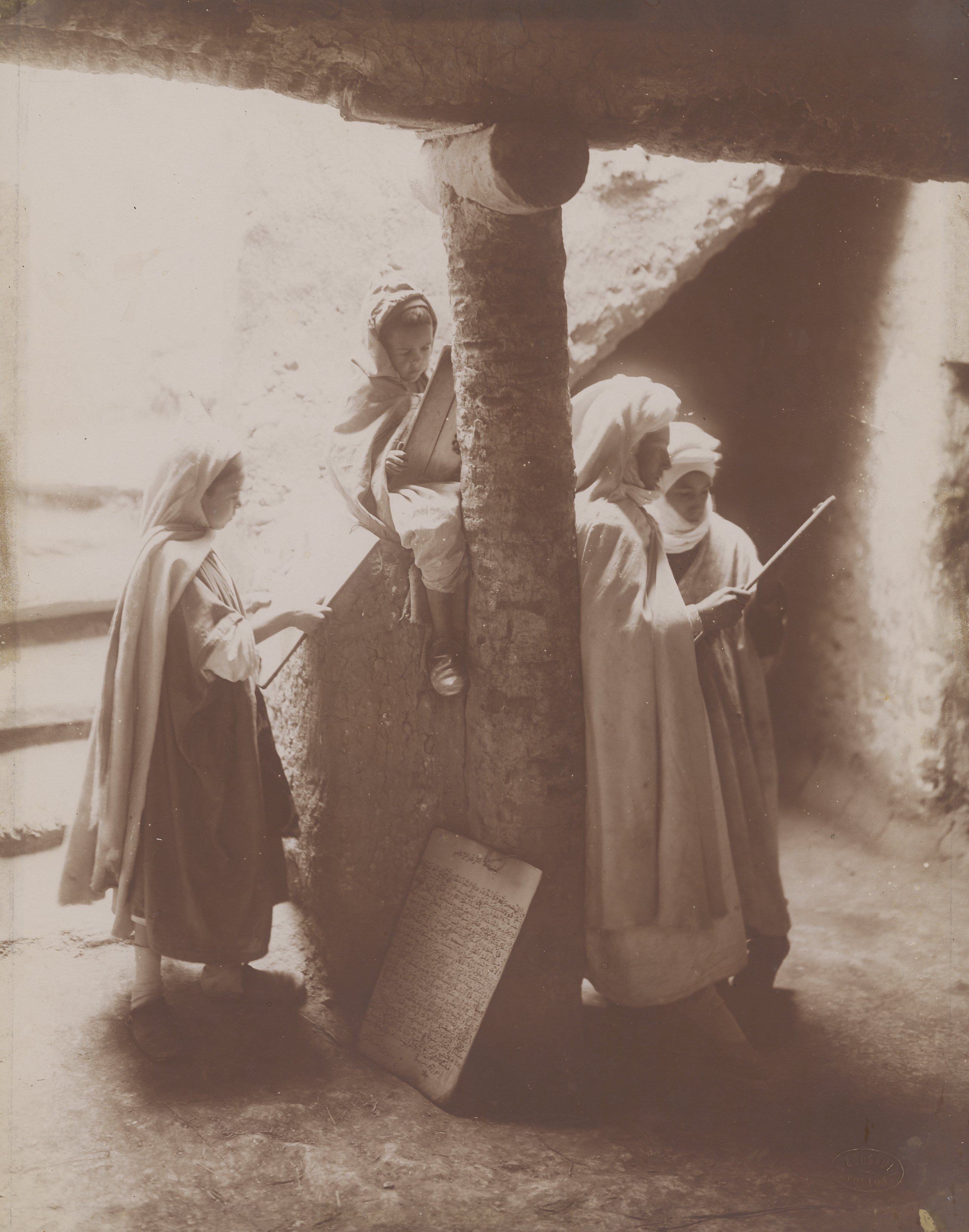 Local School Local SchoolBougault Alexandre (1851 - 1911) Gelatin silver print, between 1890 and 1915 HC.HP.2017.0001-0007 |
|
|
|
The Hungarian photographer Otto Schoefft operated a studio in Cairo and was renowned in the second half of the 19th century for his portraits of Oriental types. Like many other commercial photographers, he manufactured elaborate and picturesque settings inside his studio with the use of decontextualized props — such as the carved wood latticework of this picture. The goal was to create images that catered to his clientele’s desire for “authentic” scenes from Egyptian life.
Visit our Heritage Library to view our vast collections of photographs, where you can explore rare and captivating images that provide insights into the rich history and cultural heritage of the regions depicted. Our curated exhibits offer a unique opportunity to engage with historical visual narratives and deepen your understanding of the past.

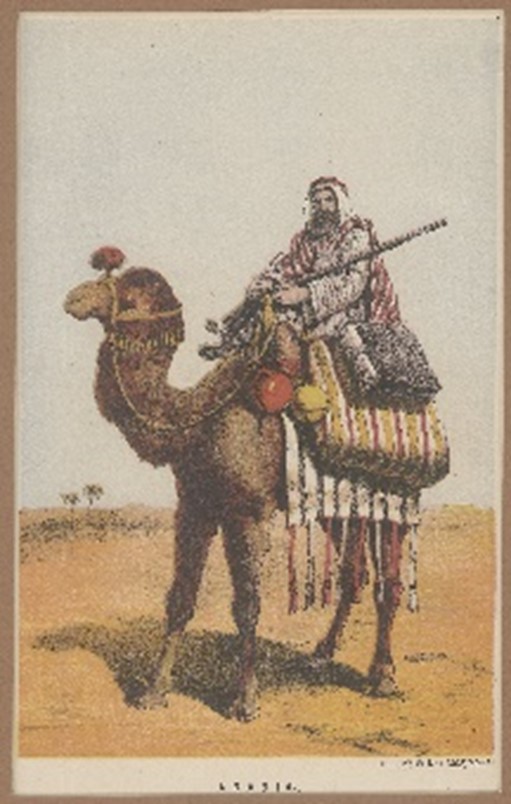
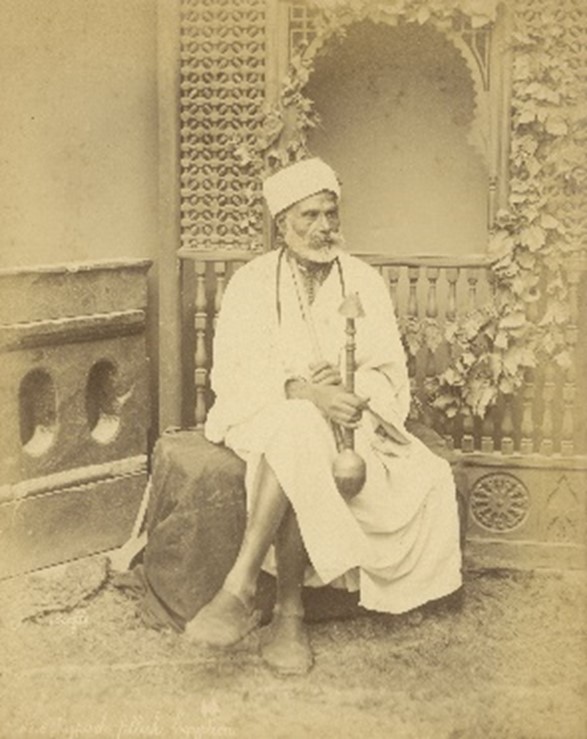
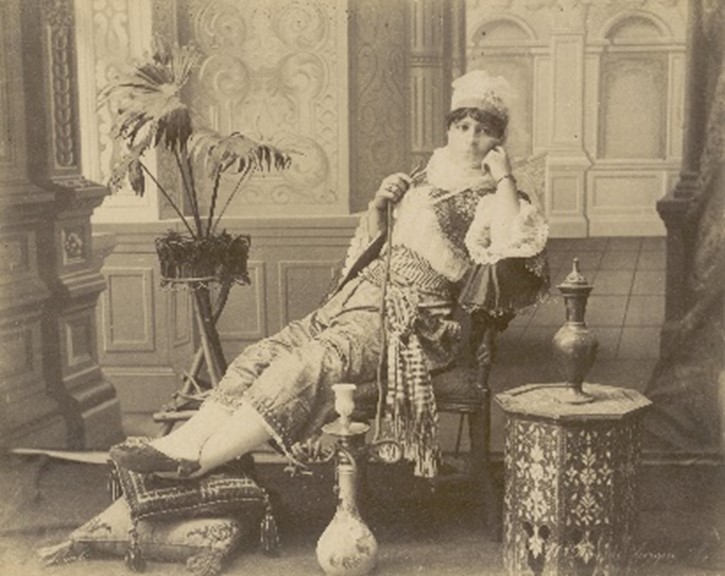
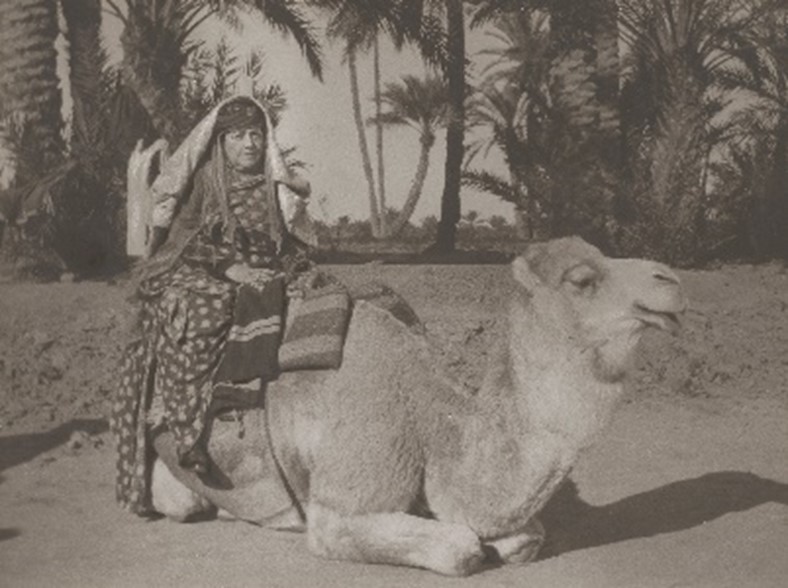
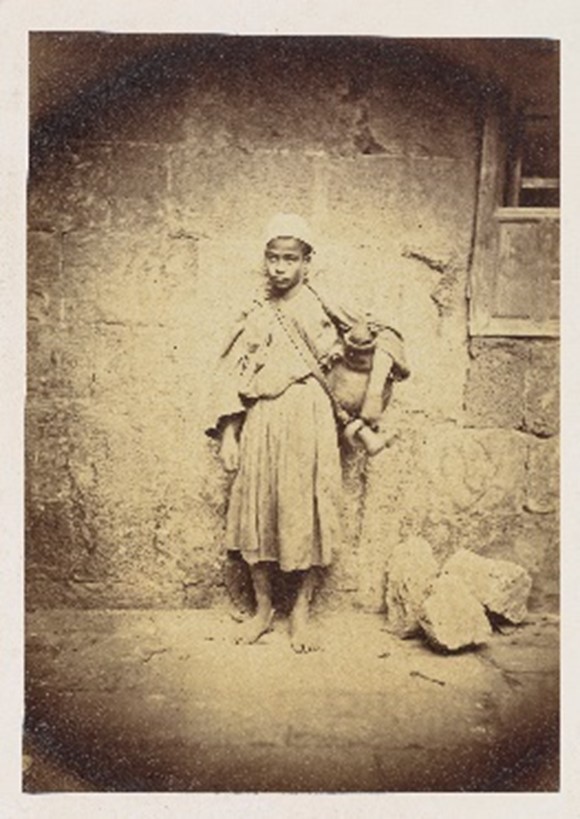
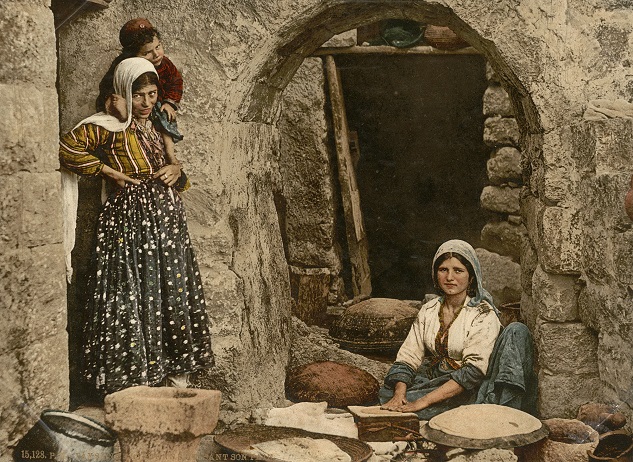
Add new comment